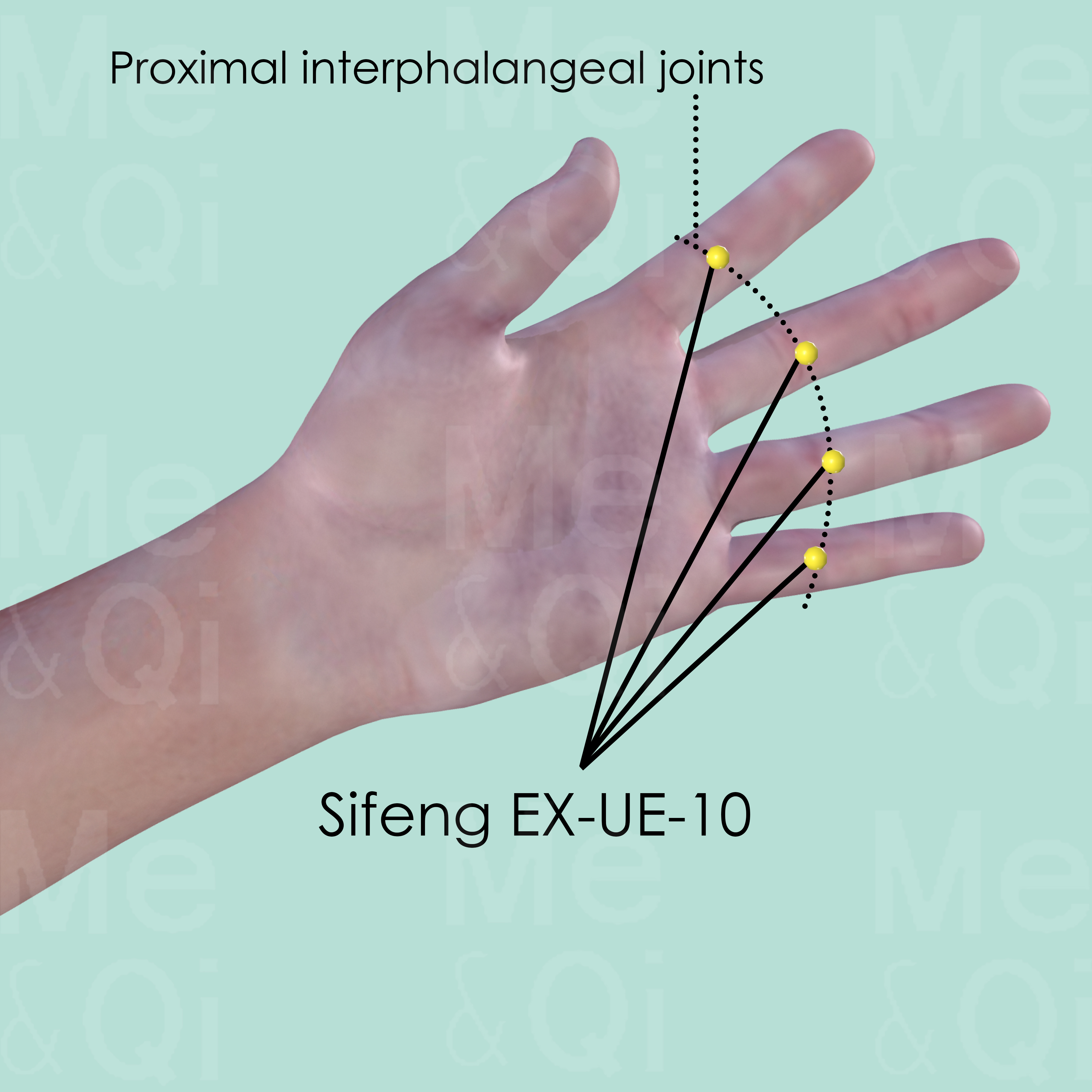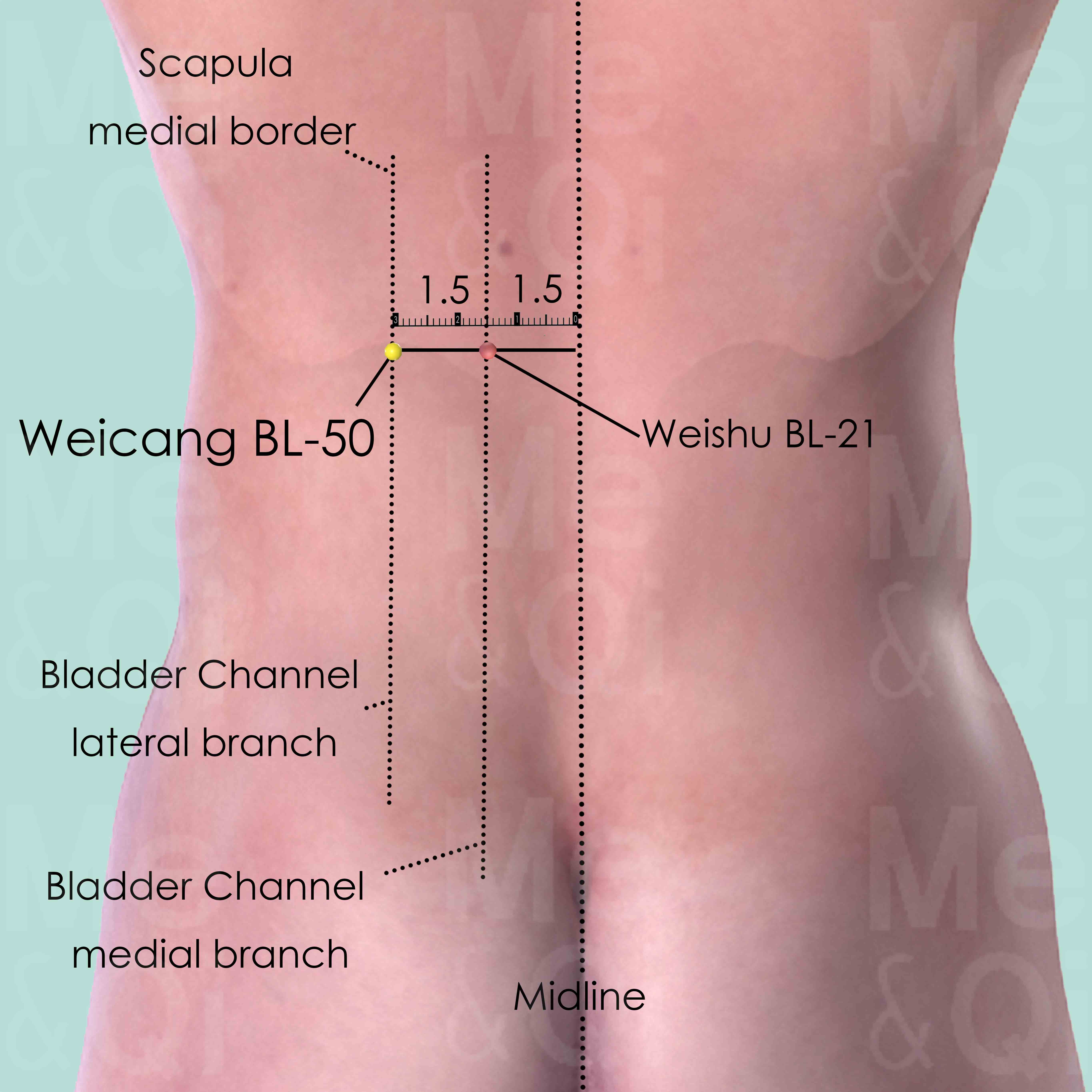Malnutrition In Childrenaccording to TCM
Symptom families: Pediatric Disorders and Symptoms, Malnutrition Issues
Parent symptom: Malnutrition
Did you mean? Infant Malnutrition
What is Malnutrition in Children?
Malnutrition in children encompasses a range of conditions where there is an inadequacy of nutrients necessary for proper growth and development. This can manifest as nutritional deficiency, undernutrition, or more specifically, childhood malnutrition.
It is a critical health issue that can lead to delayed growth, weakened immunity, and increased susceptibility to diseases. Malnutrition can result from insufficient intake of food, poor dietary choices, or the body's inability to absorb and utilize nutrients effectively. The impact of malnutrition during childhood can have long-term effects on physical and cognitive development.
How does TCM View Malnutrition in Children?
Traditional Chinese Medicine (TCM) approaches malnutrition in children through the lens of holistic balance and energy flow within the body. TCM theories suggest that malnutrition arises from disharmonies such as deficiencies in vital energy (Qi), Blood, and Essence, or from imbalances in the functioning of organs like the Spleen and Stomach.
TCM doesn't just treat the symptoms of malnutrition but seeks to rectify the underlying imbalances, aiming to restore the body's natural ability to absorb and utilize nutrients efficiently.
Root Causes of Malnutrition In Children in TCM
In TCM, malnutrition in children is often attributed to several key patterns. One significant cause can be a deficiency in the Spleen Qi, which is responsible for digesting food and transforming it into energy and nutrients. Symptoms of this Deficiency might include a lack of appetite, weakness, and loose stools.
Another cause could be the presence of internal Dampness or Phlegm, which hinders the proper absorption of nutrients. Children with this imbalance may exhibit symptoms like abdominal distension, lethargy, and poor digestion. TCM treatments focus on strengthening the Spleen and Stomach, clearing Dampness, and boosting overall Qi to address these issues.
Explore below more details about what might cause Malnutrition in children according to TCM.
TCM Herbal Formulas for Malnutrition In Children
To address the complex patterns behind malnutrition in children, TCM employs various herbs and formulas. For conditions like Malnutrition with parasites, which may present with symptoms such as emaciation, abdominal distention, and fever, the formula Bu Dai Wan is used.
This formula, containing key herbs like Elm Seed Cakes, focuses on expelling parasites and strengthening the body. Another approach involves using herbs to tonify the spleen and stomach, enhance digestion, and improve nutrient absorption. The choice of herbs and formulas is tailored to the child's specific TCM diagnosis, considering their unique pattern of disharmony.
See more details below about Bu Dai Wan, a herbal formula used to address malnutrition in children.
- By Formula Type
- Formulas that expel parasites
Formulas that expel parasites
These formulas are suitable for some malnutrition in children-causing patterns like Malnutrition with parasites.
One such formula is Bu Dai Wan, with elm seed cake as a key herb.
Acupoints for Malnutrition In Children
TCM also recommends specific acupoints for treating malnutrition in children. One such point is Sifeng EX-UE-10, located on the hands. This acupoint is known for its effectiveness in tonifying the spleen and reducing food stagnation, thereby improving digestion.
Another important acupoint is Weicang BL-50, situated near the thoracic spine. Stimulating this point helps harmonize the Middle Burner (encompassing the spleen and stomach), which is crucial for proper digestion and nutrient assimilation. These acupoints can be used in conjunction with herbal treatments to enhance the therapeutic effects.
Explore below some acupoints used to address malnutrition in children, organized by meridian.
- By Meridian
- Extra Points: Upper Extremities (EX-UE)
- Bladder Channel

Sifeng EX-UE-10
This is a group of 4 points of each hand. On the palmar side of the 2nd to the 5th fingers, at the midpoint of the transverse creases of the proximal interphalangeal joints (PIP).

Weicang BL-50
3 cun lateral to the lower border of the spinous process of the 12th thoracic vertebra (T12).
